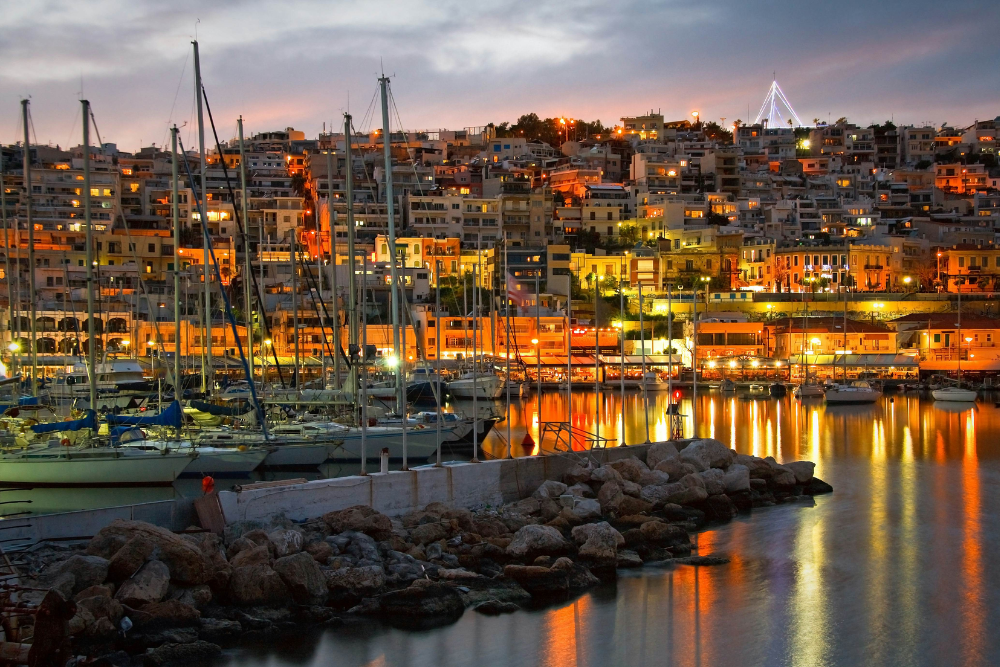Introduction
Piraeus is a critical port city in Greece, situated around 12 kilometers southwest of Athens. Filling in as the fundamental passage to the Greek capital, it is one of the biggest and most active ports in Europe. By and large, Piraeus plays had a critical impact as the core of oceanic exchange and transportation the locale, tracing all the way back to old times when it turned into the port of Athens. Today, it keeps on being a center for both business and traveler traffic, with ships interfacing the Greek central area to the islands.
Archeological Locales and Galleries

- Piraeus has an abundance of old history to find. Visit the Archeological Exhibition hall of Piraeus to see amazing antiquities from the antiquated port city. Try not to miss the Old Performance center of Zea, an outdoors theater that traces all the way back to the fourth century BCE. Strolling through the remnants and finding out about the historical backdrop of the city’s sea past offers an intriguing look into old Greece.
Sail to the Greek Islands
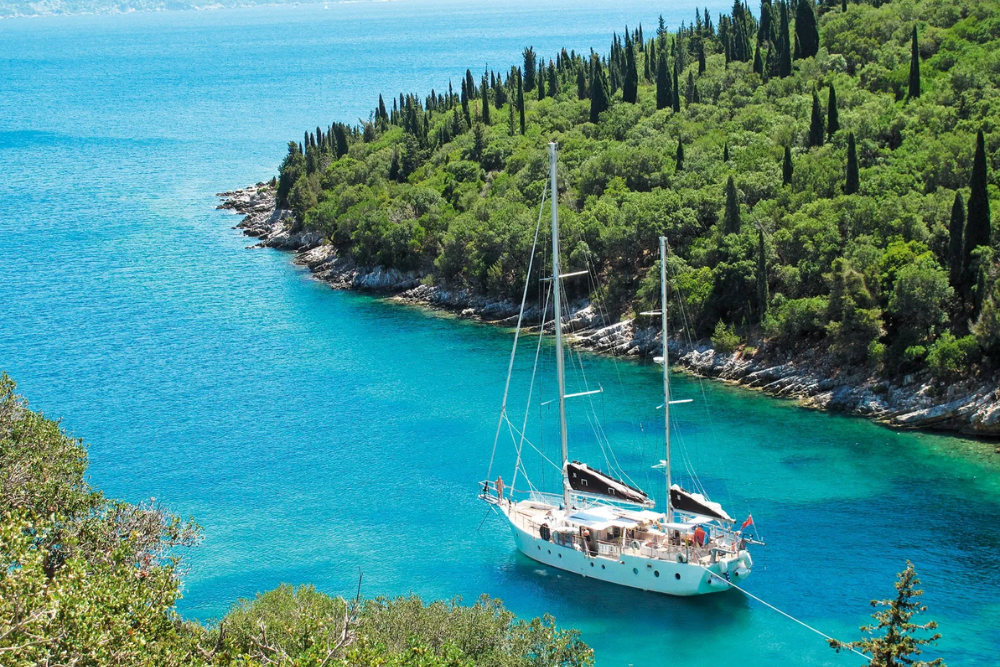
- As a significant port city, Piraeus is the ideal beginning stage for an island-jumping experience. Ships leave consistently from the port to famous Greek islands like Hydra, Poros, and Aegina. Whether you’re hoping to investigate interesting towns, loosen up on lovely sea shores, or appreciate Greek island food, a cruising trip from Piraeus is an unquestionable necessity.
Climb up to the Piraeus Slope (Mount Munychia)

- For nature darlings and those searching for dazzling perspectives, climbing up Mount Munychia offers an ideal experience. From the top, you can appreciate all encompassing perspectives on the city, port, and the Aegean Ocean. The slope is likewise home to the remnants of the old safe-haven of Artemis Munychia, adding a verifiable touch to the climb.
The Archeological Historical center of Piraeus
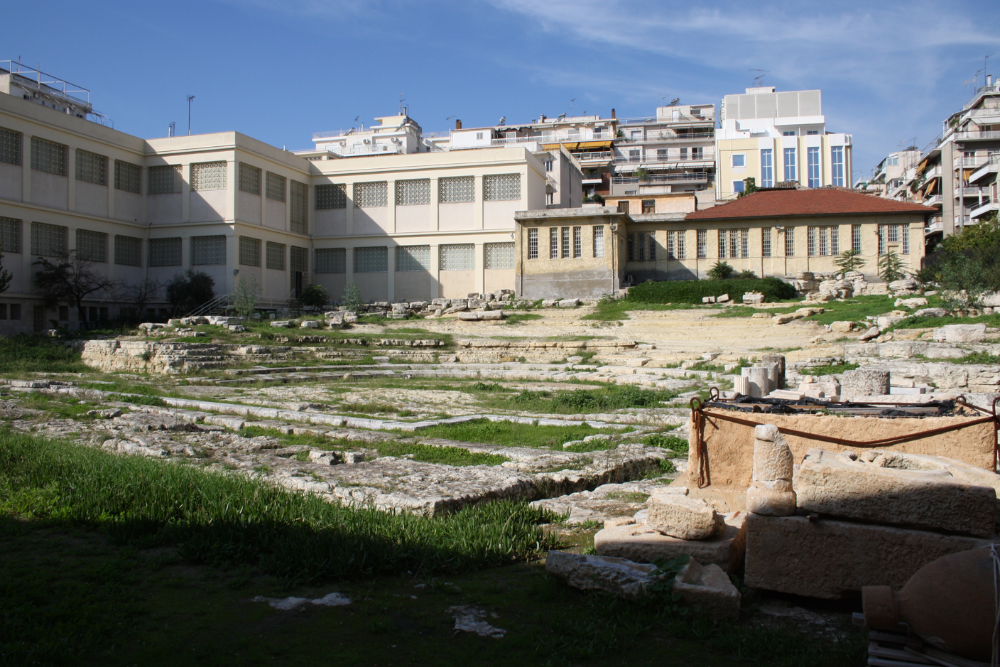
- The Archeological Historical center of Piraeus is a fundamental stop for history fans. The historical center houses an interesting assortment of old curios from the port city, including figures, earthenware, and relics from the close by archeological locales. Features incorporate the popular sculpture of the Marble sculpture of the goddess Artemis, and the Bronze sculpture of a young — pieces that mirror the significance of Piraeus in old Greece as a vital oceanic and social center point.
Mikrolimano Harbor
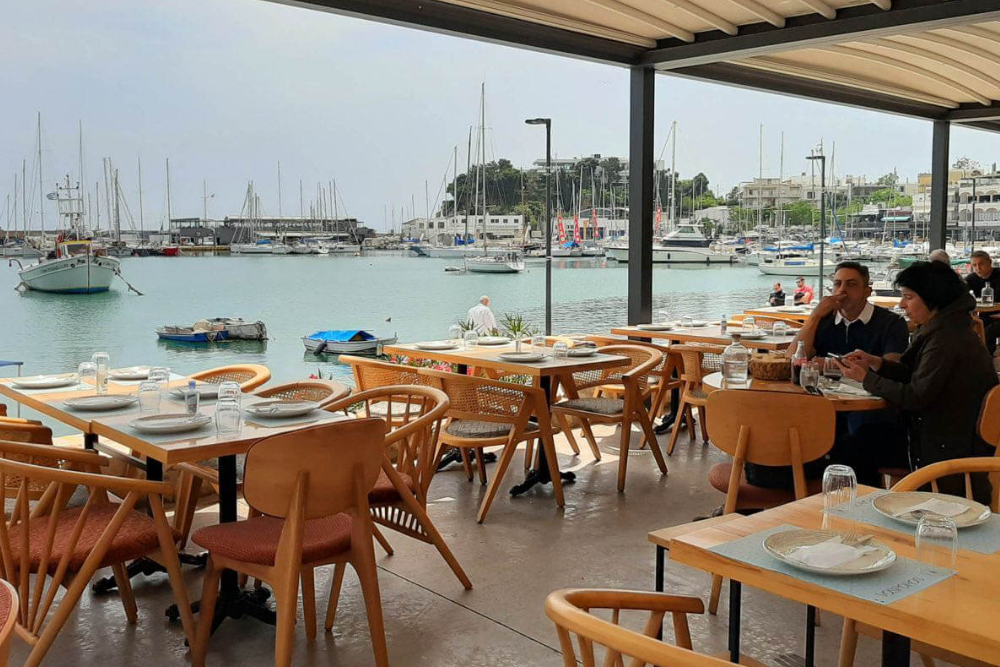
- Mikrolimano is one of the most beautiful harbors in Piraeus. Fixed with beguiling bistros and fish cafés, it offers dazzling perspectives on the ocean and the yachts secured in the narrows. It’s an extraordinary spot to partake in a loosening up walk, partake in a heavenly fish feast, or essentially watch the boats go by. The climate is both tranquil and dynamic, making it one of the most dearest spots in Piraeus.
Old Performance center of Zea
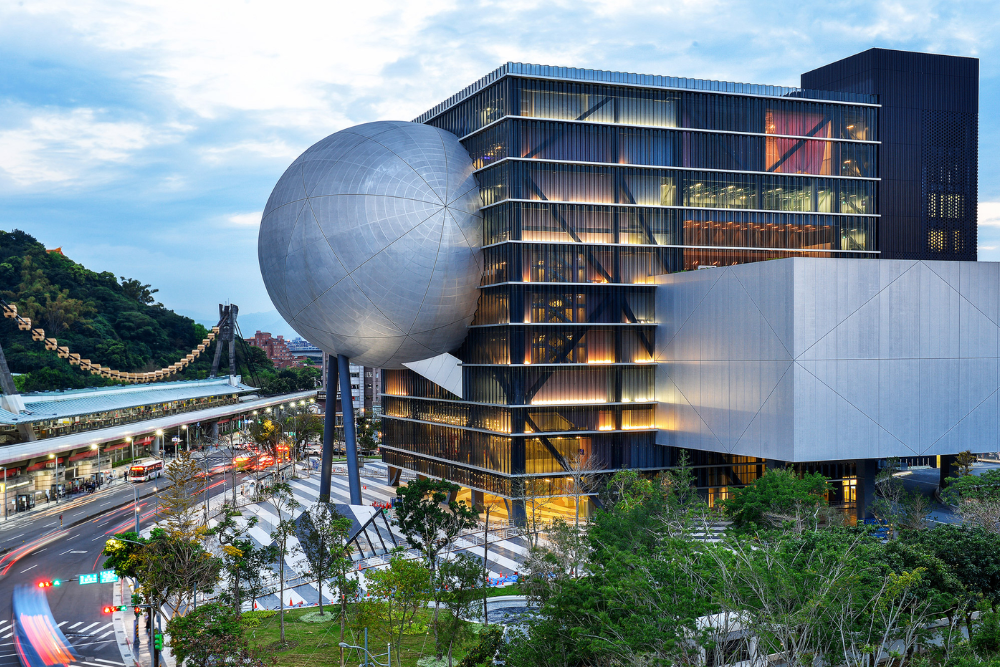
- The Old Venue of Zea is an entrancing archeological site situated in the core of Piraeus. Underlying the fourth century BCE, it was perhaps of the main performance center in antiquated Greece and area of the city’s great maritime port. Guests can investigate the very much saved ruins and envision the antiquated exhibitions that once occurred here. The site offers understanding into the social and imaginative significance of Piraeus during its pinnacle.
Dos and Don’ts in Piraeus
Dos
Do Investigate the Set of experiences and Culture: Piraeus is a city wealthy ever, so make certain to visit its old locales and historical centers, like the Archeological Exhibition hall of Piraeus and the Old Venue of Zea. Carve out opportunity to find out about the city’s verifiable importance as a significant port and maritime center point.
Do Utilize Public Transportation: Piraeus has a phenomenal public transportation framework, including the metro, transports, and ships. The metro is a fast and proficient method for getting to Athens or investigate other close by regions, while ships will take you to the delightful Greek islands.
Do Attempt Nearby Fish: Piraeus is renowned for its fish, so make a point to appreciate new fish and other nearby luxuries at one of the harbor-side eateries, particularly around Mikrolimano. The region is home to probably the best fish tavernas in Athens.
Don’ts
Don’t Rush: While Piraeus is a bustling port city, take as much time as necessary to partake in the environmental factors. Greeks for the most part adopt a casual strategy to life, so don’t race through your visit. Whether you’re walking around the harbor or feasting at a café, embrace the laid-back pace.
Don’t Miss Wellbeing Guidelines on Ships: While going by ship, consistently adhere to somewhere safe guidelines, wear your life coat when required, and guarantee your assets are gotten. Greek waters can here and there be eccentric, so being cautious is better.
Don’t Expect Late-Night Administration All over: While the nightlife in Piraeus is exuberant, numerous eateries and shops might close right off the bat in contrast with other significant urban communities like Athens. Try not to anticipate that all spots should be open late around evening time, particularly on work days, so plan your exercises likewise.
Best time to reach in Piraeus
The best opportunity to visit Piraeus generally relies upon your inclinations for climate, groups, and exercises. Here is a breakdown of the best times to arrive at Piraeus:
1. Spring (April to June)
- Spring is one of the most outstanding times to visit Piraeus, as the weather conditions is wonderful, with temperatures going from 15°C to 25°C (59°F to 77°F).
- This is great for outside exercises, for example, investigating authentic destinations, climbing, and partaking in the ocean side. The groups are generally more modest than in summer, so you can partake in a more loosened up experience.
2. Summer (July to August)
- On the off chance that you’re searching for an exuberant and clamoring climate, summer is the pinnacle season for visiting Piraeus. The weather conditions is warm, with temperatures frequently surpassing 30°C (86°F), making it ideal for ocean side excursions and partaking in the Mediterranean sun.
- In any case, remember that this is the most active time, so expect bigger groups, particularly around well known spots like Mikrolimano and the ship terminals. On the off chance that you intend to investigate the Greek islands, this is the ideal time, as ships run as often as possible.
3. Fall (September to October)
- Fall offers an extraordinary harmony between warm temperatures and more modest groups. The weather conditions is as yet charming, with daytime temperatures around 20°C to 25°C (68°F to 77°F), making it an optimal time for touring, strolling along the coast, or taking a ship to the close by islands.
- The mid year rush is finished, and you can partake in a more tranquil environment without forfeiting the glow of the Mediterranean environment.
4. Winter (November to Spring)
- Winter is the slow time of year in Piraeus, and that implies less travelers, lower convenience costs, and a calmer air. Temperatures in winter range from 10°C to 15°C (50°F to 59°F), so it’s not excessively cold for touring, however it may not be great for ocean side exercises.
- To keep away from swarms, winter is an extraordinary chance to investigate the verifiable and social destinations of Piraeus at a more slow speed.



